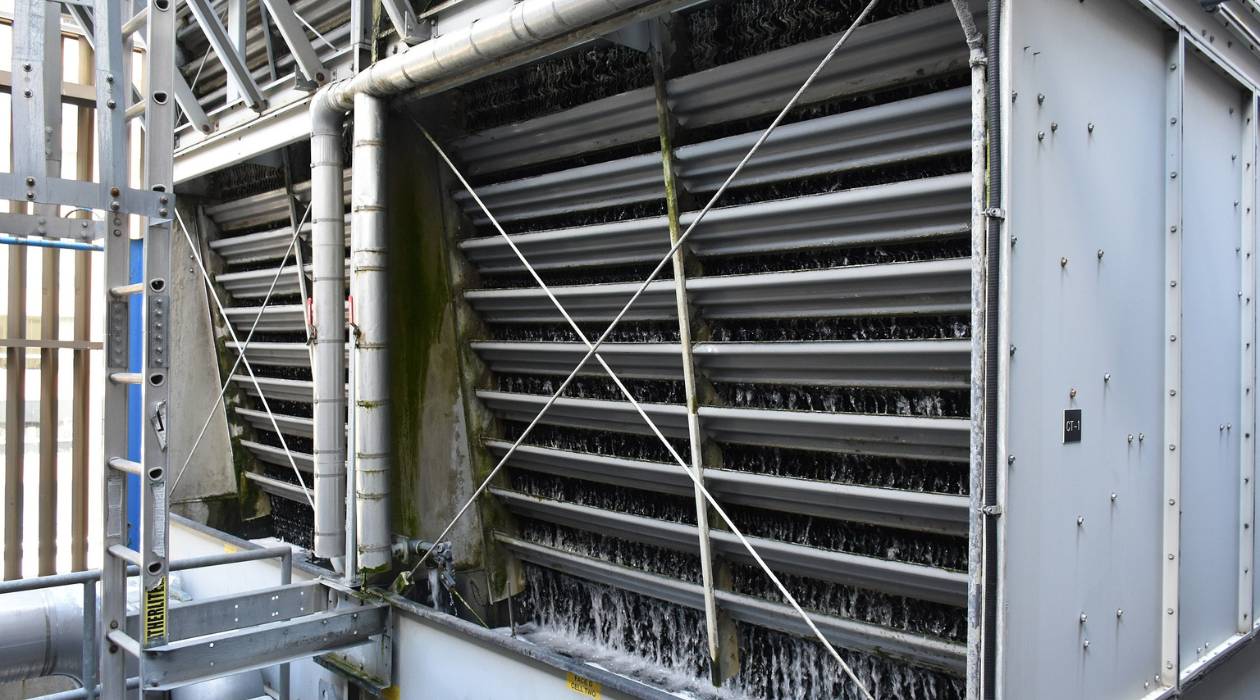

Articles
How Does A Cooling Tower Work In HVAC
Modified: August 24, 2024
Discover how cooling towers work in HVAC systems in this informative article. Learn about the principles and components involved in the cooling process.
(Many of the links in this article redirect to a specific reviewed product. Your purchase of these products through affiliate links helps to generate commission for Storables.com, at no extra cost. Learn more)
Introduction
Welcome to the world of HVAC (Heating, Ventilation, and Air Conditioning) systems! These complex systems are responsible for maintaining comfortable and healthy indoor environments in various buildings, including homes, offices, and commercial spaces. A crucial component of HVAC systems is the cooling tower, which plays a vital role in the cooling process.
In this article, we will dive into the fascinating world of cooling towers and explore how they work within the larger HVAC system. We will discuss the key components of a cooling tower, the water circulation process, the heat transfer mechanism, and the different types of cooling towers, along with their applications and importance in HVAC systems.
Cooling towers are ingenious devices used to remove heat from processes or building environments by transferring the heat to the atmosphere. They are commonly seen in industrial facilities, power plants, and large commercial buildings. Cooling towers are particularly essential in hot climates or environments where there is a significant heat load, such as in data centers and manufacturing plants.
By understanding the basics of cooling tower operation, you will gain insights into the science behind heat transfer and the crucial role it plays in maintaining comfortable and safe indoor environments. Additionally, you will discover the benefits and challenges associated with cooling tower systems, as well as maintenance practices and troubleshooting techniques that can extend their lifespan.
So, let’s embark on this journey to uncover the inner workings of cooling towers and gain a deeper understanding of their role in HVAC systems. Whether you are a homeowner, a building engineer, or simply curious about the science of HVAC, this article will satisfy your thirst for knowledge.
Key Takeaways:
- Cooling towers are essential for HVAC systems and industrial processes, utilizing evaporation and convection to efficiently remove heat, contributing to energy efficiency and optimal indoor conditions.
- Regular maintenance and troubleshooting are crucial for maximizing the performance and longevity of cooling towers, addressing challenges such as water consumption, microbiological growth, and environmental impact.
Read more: How To Clean A Vornado Tower Fan
Basics of HVAC Systems
Before we delve into the specifics of cooling towers, let’s first establish a foundation by understanding the basics of HVAC systems. HVAC systems are designed to control and regulate temperature, humidity, and air quality in indoor spaces to ensure comfort and maintain a healthy environment.
The primary components of an HVAC system include:
- Heating: This component is responsible for generating heat to warm the indoor air during colder months.
- Ventilation: Ventilation ensures the exchange of fresh outdoor air with indoor air, removing contaminants and maintaining good air quality.
- Air Conditioning: Air conditioning involves cooling the indoor air during hot weather, ensuring a comfortable temperature inside the building.
To achieve efficient heating, cooling, and ventilation, HVAC systems utilize a combination of equipment, such as boilers, furnaces, heat pumps, air conditioners, fans, and ductwork. These components work together seamlessly to maintain the desired indoor conditions throughout the year.
Properly designed and implemented HVAC systems offer several benefits, including:
- Comfort: HVAC systems ensure a consistent and comfortable temperature in indoor spaces, regardless of the weather conditions outside.
- Energy Efficiency: Modern HVAC systems are designed to be energy-efficient, reducing energy consumption and utility costs.
- Air Quality: HVAC systems help improve indoor air quality by filtering out pollutants, allergens, and contaminants.
- Health and Safety: By controlling humidity levels and providing adequate ventilation, HVAC systems contribute to a healthy indoor environment, minimizing the risk of mold growth and respiratory issues.
Understanding the basics of HVAC systems is crucial for comprehending the role of cooling towers within this larger framework. Now, let’s shift our focus specifically to cooling towers and explore their function and operation in more detail.
What is a Cooling Tower?
A cooling tower is a specialized heat exchanger used in HVAC systems and industrial processes to remove excess heat from water or other fluids. It achieves this by utilizing a combination of evaporation, conduction, and convection.
The main purpose of a cooling tower is to dissipate the heat absorbed by the cooling water from various sources, such as air conditioning systems, refrigeration units, or industrial processes. By effectively removing the heat, the cooling tower ensures the proper functioning and efficiency of these systems.
A cooling tower typically consists of a large open-air chamber that allows the ambient air to come into contact with the water. As the warm water from the process or system enters the cooling tower, it is distributed over a series of nozzles, forming a thin film or droplets that come in contact with the ambient air.
As the water droplets fall or come into contact with the air, a portion of the water evaporates, absorbing the heat from the remaining water. This evaporative cooling process lowers the temperature of the water, which can then be recirculated back to the source to absorb more heat.
It is important to note that cooling towers are not exclusive to HVAC systems. They are also widely used in industrial applications where there is a need to dissipate large amounts of heat generated by industrial processes, such as power generation, chemical manufacturing, oil refineries, and steel mills.
Cooling towers come in various sizes and designs, depending on the specific application and cooling requirements. They can range from small rooftop units for residential buildings to massive structures found in power plants and industrial complexes.
Now that we have a basic understanding of what a cooling tower is and its purpose, let’s explore the components and operation of a cooling tower in more detail.
Components of a Cooling Tower
A cooling tower consists of several key components that work together to facilitate the heat transfer process and maintain the desired cooling effect. Understanding these components is essential for comprehending the overall operation of a cooling tower. Let’s take a closer look at the main components:
- Water Basin: The water basin serves as the reservoir where the warm water from the process or system is collected and distributed for cooling. It is typically located at the bottom of the cooling tower.
- Spray Nozzles: Spray nozzles are responsible for distributing the warm water over the fill material within the cooling tower. They break down the water into small droplets, increasing the surface area for maximum exposure to the ambient air.
- Fill Material: The fill material consists of a series of baffles or grids within the cooling tower. Its purpose is to increase the contact surface area between the water droplets and the incoming air. The fill material may be made of various materials, such as PVC (Polyvinyl Chloride) or wood.
- Drift Eliminators: Drift eliminators are essential components that prevent the carried-over water droplets from leaving the cooling tower along with the exiting airflow. They help collect and redirect the water droplets back into the cooling tower, minimizing water loss.
- Fan: The fan is responsible for inducing and facilitating the flow of air through the cooling tower. It helps draw the ambient air into the cooling tower, allowing it to come into contact with the water droplets and facilitate the evaporation process.
- Water Distribution System: The water distribution system ensures an even distribution of the warm water over the fill material. It consists of pipes, valves, pumps, and spray nozzles designed to distribute the water evenly, maximizing the heat transfer efficiency.
- Exhaust Stack: The exhaust stack is the outlet for the air that has passed through the cooling tower. It allows the heated air to escape and disperse into the atmosphere.
These components work together to facilitate the heat transfer process within the cooling tower, ensuring that the warm water absorbs the heat from the system or process and is cooled down before being recirculated. The efficiency and effectiveness of these components play a crucial role in the overall performance of the cooling tower.
Now that we have examined the components of a cooling tower, let’s move on to understanding how a cooling tower actually works to achieve the desired cooling effect.
How Does a Cooling Tower Work?
Understanding the workings of a cooling tower is essential to grasp the underlying principles of heat transfer and how it contributes to the cooling process. Let’s explore the step-by-step process of how a cooling tower operates:
- Warm Water Intake: The cooling tower receives warm water from the HVAC system or industrial process and collects it in the water basin at the bottom of the tower.
- Water Distribution: The warm water is then distributed over the fill material using spray nozzles or other distribution methods. The fill material consists of a series of baffles or grids that increase the contact surface area between the water droplets and the incoming air.
- Airflow: A fan located at the top or side of the cooling tower induces airflow. The fan draws in the ambient air through the exterior of the cooling tower and forces it to pass through the fill material.
- Evaporation: As the ambient air passes through the fill material, it comes into contact with the water droplets. A portion of the water evaporates, absorbing the heat from the remaining water. This evaporation process lowers the temperature of the water.
- Heat Transfer: The heat transfer takes place as the warm water gives off its heat to the air through evaporation and contact with the fill material. The transferred heat is carried away by the air as it exits the cooling tower.
- Cooled Water Collection: The cooled water is collected in the water basin at the bottom of the tower. It is then recirculated back to the source, where it can absorb more heat and repeat the cooling process.
- Air Discharge: The heated air, which has absorbed the heat from the water, exits the cooling tower through an exhaust stack and is dispersed into the atmosphere.
- Drift Collection: Drift eliminators within the cooling tower help prevent water droplets from leaving the tower along with the exiting airflow. They collect and redirect the water droplets back into the tower, minimizing water loss.
This continuous process of water distribution, airflow, evaporation, and heat transfer ensures the efficient removal of heat from the system or process, maintaining the desired cooling effect. The cooling tower effectively cools down the warm water, enabling it to be recirculated for further heat absorption.
By harnessing the principles of evaporation and heat transfer, cooling towers play a crucial role in maintaining optimal operating temperatures for HVAC systems and industrial processes.
Now that we have explored the operation of a cooling tower, let’s dive deeper into the water circulation process and the heat transfer mechanisms that make cooling towers so effective.
Read more: How Does Central AC Work
Water Circulation in a Cooling Tower
The water circulation process is a vital aspect of a cooling tower’s operation. It involves the continuous movement of water, from the warm water intake to the cooled water collection and back to the source for further heat absorption. Let’s examine the water circulation process in a cooling tower:
- Warm Water Intake: The cooling tower receives warm water from the HVAC system or industrial process through an intake pipe. This warm water is collected in the water basin located at the bottom of the cooling tower.
- Water Distribution: Once in the water basin, the warm water is distributed evenly over the fill material using spray nozzles or other distribution mechanisms. The fill material consists of a series of baffles or grids that increase the contact surface area between the water droplets and the incoming air.
- Evaporation and Heat Transfer: As the warm water comes into contact with the ambient air passing through the fill material, a portion of the water evaporates, absorbing the heat from the remaining water. This evaporation process facilitates the transfer of heat from the water to the air.
- Cooled Water Collection: The cooled water, after losing heat, is collected in the water basin at the bottom of the cooling tower. It is then pumped back to the source, whether it is an HVAC system or an industrial process, to absorb more heat and repeat the cooling cycle.
- Recirculation: The collected cooled water is recirculated back to the source via a series of pipes and valves. The recirculation process ensures that the cooled water is available for further heat absorption, maximizing the efficiency of the system.
- Makeup Water: Due to evaporation and drift losses, some water is lost during the cooling process. To maintain the desired water level and ensure the cooling tower operates efficiently, makeup water is added to the system either manually or automatically to compensate for the losses.
- Water Treatment: In many cooling tower systems, water treatment is a crucial step to maintain the water’s quality and prevent issues such as scaling, corrosion, and microbiological growth. Water treatment may involve techniques such as filtration, chemical treatment, or UV disinfection.
The water circulation process in a cooling tower is a continuous cycle that enables efficient heat transfer and cooling. By recirculating the cooled water, the cooling tower ensures that the water reaches the desired temperature for maximum heat absorption in the subsequent cooling cycles.
It is important to monitor and maintain the water chemistry, flow rates, and water levels within the cooling tower to optimize its performance and prevent issues like fouling, scaling, and excessive water consumption.
Now that we have explored the water circulation process, let’s delve into the heat transfer processes that occur within a cooling tower.
A cooling tower works by using evaporation to remove heat from a building’s HVAC system. As hot water is circulated through the tower, some of it evaporates, taking away heat and leaving cooler water to be recirculated. Regular maintenance, including cleaning and water treatment, is essential to ensure efficient operation.
Heat Transfer Process in a Cooling Tower
The heat transfer process is at the heart of a cooling tower’s ability to cool down warm water. Understanding how heat is transferred within a cooling tower is crucial to comprehend its overall operation. Let’s explore the heat transfer mechanisms that occur in a cooling tower:
- Evaporation: One of the primary heat transfer mechanisms in a cooling tower is evaporation. As the warm water comes into contact with the ambient air passing through the fill material, a portion of the water evaporates. This evaporation process absorbs latent heat from the remaining water, resulting in a temperature drop.
- Conduction: Conduction is another mode of heat transfer that occurs within a cooling tower. It involves the direct transfer of heat between the water and the fill material. As the warm water flows over the fill material, heat is conducted from the water to the material, promoting the cooling process.
- Convection: Convection is the process by which heat is transferred through the movement of fluids. In a cooling tower, as the warm water flows over the fill material, it creates a thin film or droplets. These droplets increase the surface area for contact with the ambient air, leading to enhanced convective heat transfer.
- Radiation: Although radiation is not the primary heat transfer mechanism in a cooling tower, it still plays a minor role. Radiation occurs as the warm water and the surrounding fill material exchange thermal energy through electromagnetic waves. However, the contribution of radiation to heat transfer in a cooling tower is relatively small compared to evaporation and conduction.
When warm water is distributed over the fill material in a cooling tower, the combination of evaporation, conduction, and convection facilitates the transfer of heat from the water to the ambient air. This heat transfer process results in the cooling of the water, allowing it to be recirculated for further heat absorption.
The effectiveness of the heat transfer process depends on factors such as the flow rate of the water, the design and type of fill material, the ambient air conditions, and the overall efficiency of the cooling tower system.
Now that we have explored the heat transfer process in a cooling tower, let’s move on to understanding the different types of cooling towers and their respective applications.
Types of Cooling Towers
Cooling towers come in various types, each designed to cater to specific cooling requirements and environmental conditions. Let’s explore the different types of cooling towers commonly used:
- Open Cooling Towers: Open cooling towers are the most common type and are widely used across various applications. They operate by allowing direct contact between the water being cooled and the ambient air. In open cooling towers, water is exposed to the air, and a portion of it evaporates to achieve the cooling effect.
- Closed Cooling Towers: Closed cooling towers, also known as fluid coolers, operate on a different principle compared to open cooling towers. They have a heat exchanger that separates the cooling water from the ambient air, preventing direct contact. Closed cooling towers are commonly used in applications where the cooling process requires water to remain free of external contaminants or in locations with stringent environmental regulations.
- Counterflow Cooling Towers: In counterflow cooling towers, the direction of airflow is opposite to the direction of water flow. This design enhances the heat transfer efficiency by maximizing the temperature difference between the incoming water and the ambient air. These cooling towers are known for their compact size and high efficiency, making them suitable for various applications.
- Crossflow Cooling Towers: Crossflow cooling towers feature a perpendicular flow of water and air. The water flows vertically downward through the fill material, while the air moves horizontally across the water flow. These cooling towers offer good heat transfer efficiency and are often used in HVAC systems, power plants, and industrial processes.
- Natural Draft Cooling Towers: Natural draft cooling towers rely on natural convection currents to draw air through the tower. They have a tall structure with a large chimney-like exhaust stack. The warm air naturally rises, creating a draft that draws in cooler air from the sides. Natural draft cooling towers are typically used in large-scale industrial applications where significant amounts of heat need to be dissipated.
- Mechanical Draft Cooling Towers: Mechanical draft cooling towers utilize fans or blowers to force or induce airflow through the tower. They are designed to provide greater control over the airflow rate and direction, making them suitable for applications with specific cooling requirements. Mechanical draft cooling towers are commonly used in commercial buildings, power plants, and other applications.
- Hybrid Cooling Towers: Hybrid cooling towers combine the features of open and closed cooling towers. They have a closed-loop heat exchanger that isolates the cooling water from the ambient air, reducing water losses through evaporation. Hybrid cooling towers offer the advantages of both types, providing efficient cooling while minimizing water consumption.
The choice of cooling tower type depends on factors such as cooling capacity, space availability, water quality considerations, environmental regulations, and specific application requirements. Selecting the appropriate cooling tower type ensures optimal cooling performance and energy efficiency.
Now that we have explored the different types of cooling towers, let’s discuss the applications and importance of cooling towers in HVAC systems and industrial processes.
Applications and Importance of Cooling Towers in HVAC Systems
Cooling towers play a crucial role in HVAC systems, where they are instrumental in maintaining comfortable indoor environments by effectively removing heat. Let’s explore the applications and importance of cooling towers in HVAC systems:
Air Conditioning: Cooling towers are extensively used in air conditioning systems to remove the heat absorbed by the cooling water. By cooling the water through evaporation and heat transfer, the cooling tower ensures that the air conditioning system can efficiently cool the indoor air and maintain a comfortable temperature.
Chiller Plants: Cooling towers are an integral part of chiller plants, which are responsible for providing chilled water for cooling various spaces within a building. The cooling tower works in conjunction with the chiller to dissipate the heat absorbed by the chilled water, ensuring the continuous operation and efficiency of the chiller plant.
Industrial Processes: Cooling towers have widespread applications in industrial processes that generate heat, such as power generation, manufacturing, and chemical processing. They are utilized to remove excess heat from these processes, preventing equipment overheating, maintaining optimal operational temperatures, and ensuring the safety and efficiency of industrial operations.
Data Centers: Data centers, which house numerous computer servers and electronic equipment, generate significant amounts of heat. Cooling towers are crucial components in data center cooling systems, working in tandem with precision air conditioners or liquid cooling systems to efficiently remove heat and maintain the ideal temperature for the proper functioning of sensitive electronic equipment.
Commercial Buildings: Large commercial buildings, such as office complexes, hotels, and shopping malls, often employ cooling towers in their HVAC systems. Cooling towers enable efficient cooling of the circulated water, which is then used for cooling the building spaces through air handling units, fan coil units, or other cooling equipment.
The importance of cooling towers in HVAC systems can be summarized as follows:
- Heat Dissipation: Cooling towers effectively remove heat from the system or process, playing a vital role in maintaining optimal operating temperatures for HVAC systems and industrial processes.
- Energy Efficiency: By efficiently dissipating heat, cooling towers contribute to the energy efficiency of HVAC systems, reducing energy consumption and operating costs.
- Comfort and Well-being: Cooling towers help create comfortable indoor environments by ensuring efficient cooling, which promotes productivity, health, and well-being for occupants.
- Equipment Performance: Proper cooling provided by cooling towers helps prevent equipment overheating and ensures the longevity and optimal performance of HVAC systems and industrial machinery.
- Environmental Impact: Cooling towers with effective heat transfer reduce the strain on natural resources by minimizing the reliance on water and energy sources.
The applications and importance of cooling towers in HVAC systems highlight their significant role in maintaining the desired indoor conditions, energy efficiency, and overall system performance.
Now, let’s delve into the benefits and challenges associated with cooling tower systems.
Read more: How To Clean A Lasko Tower Fan
Benefits and Challenges of Cooling Tower Systems
Cooling tower systems offer several benefits in terms of their cooling efficiency and cost-effectiveness. However, they also come with their own set of challenges. Let’s explore the benefits and challenges of cooling tower systems:
Benefits:
- Efficient Heat Dissipation: Cooling towers are highly efficient in removing heat from HVAC systems and industrial processes, ensuring optimal operational temperatures and preventing equipment overheating.
- Energy Efficiency: By efficiently dissipating heat, cooling towers contribute to the energy efficiency of HVAC systems, resulting in reduced energy consumption and lower operational costs.
- Cost-Effective Cooling: Cooling tower systems provide cost-effective cooling solutions, as they utilize water as a cooling medium, which is generally more economical than other cooling methods like refrigerants.
- Flexible Applications: Cooling towers can be used in a wide range of applications, from air conditioning systems in buildings to industrial processes in power plants, manufacturing plants, and more.
- Environmental Friendliness: Properly designed and operated cooling tower systems can be environmentally friendly, as they minimize the use of refrigerants and other harmful chemicals, and reduce water consumption through effective water management practices.
- Scalability: Cooling towers can be designed and configured to meet varying cooling demands, making them scalable and adaptable to different environments and heat loads.
Challenges:
- Water Consumption: Cooling towers require a constant supply of water for the cooling process. This can pose a challenge in water-scarce regions or during periods of drought, requiring careful water management and conservation practices.
- Microbiological Growth: Cooling towers can become susceptible to the growth of bacteria, algae, and other microorganisms if proper water treatment and maintenance practices are not followed. This can impact the efficiency and effectiveness of the cooling tower system and raise concerns for indoor air quality and public health.
- Maintenance and Cleaning: Cooling towers require regular maintenance, including routine cleaning of the fill material, drift eliminators, and water distribution system, to ensure optimal performance and prevent issues like scaling, fouling, and corrosion.
- Noise: The operation of cooling tower fans and pumps can generate noise, which may be a concern in certain residential or noise-sensitive areas. Proper noise abatement measures should be considered and implemented to minimize noise levels.
- Environmental Impact: Cooling towers can have an environmental impact due to the release of heated air, potential water discharge, and chemicals used in water treatment. Careful management of these factors is crucial to minimize any adverse effects.
- Legionnaire’s Disease Risk: If not properly maintained and treated, cooling towers can become a potential breeding ground for Legionella bacteria, which can lead to Legionnaire’s disease. Regular monitoring, water treatment, and maintenance practices are essential to mitigate this risk.
Understanding the benefits and challenges of cooling tower systems enables stakeholders to implement appropriate measures, such as water treatment, maintenance protocols, and environmental considerations, to maximize the benefits while addressing the challenges effectively.
Now, let’s discuss the maintenance and troubleshooting practices that help ensure the optimal performance and longevity of cooling towers.
Maintenance and Troubleshooting of Cooling Towers
Maintenance plays a vital role in ensuring the optimal performance and longevity of cooling towers. Regular maintenance practices and prompt troubleshooting of any issues are crucial in maximizing the efficiency and reliability of these systems. Let’s explore maintenance and troubleshooting tips for cooling towers:
Maintenance:
- Water Treatment: Proper water treatment is essential to prevent issues such as scaling, fouling, and microbiological growth. Regular monitoring of water quality parameters, pH levels, biocide treatments, and periodic cleaning of the system are important maintenance practices.
- Fill Material Cleaning: The fill material in a cooling tower can accumulate debris, sediments, and mineral deposits over time. Cleaning the fill material periodically ensures optimal airflow, efficient heat transfer, and prevents any obstruction that may impact the cooling tower’s performance.
- Drift Eliminator Maintenance: Drift eliminators help prevent water droplets from leaving the cooling tower along with the exiting airflow. Regular inspection and cleaning of the drift eliminators are necessary to minimize water loss and maintain optimal cooling tower performance.
- Fan and Motor Maintenance: The fans and motors of cooling towers should be inspected, lubricated, and maintained according to the manufacturer’s guidelines. Regular inspection ensures smooth operation, proper airflow, and reduces the risk of unexpected breakdowns or performance issues.
- Water Level and Flow Monitoring: Monitoring the water level, flow rate, and pressure in the cooling tower system is important to identify any anomalies, leaks, or issues. It allows for timely maintenance and adjustments to ensure the system operates at its optimum capacity.
- Safety Measures: Safety measures, such as installing proper guards, safety signs, and access platforms, should be implemented to prevent accidents during maintenance tasks and ensure the safety of personnel working with the cooling tower system.
Troubleshooting:
- Poor Cooling Performance: If the cooling tower is not providing the desired cooling effect, it could be due to issues like insufficient airflow, low water flow rate, or scale buildup. Troubleshooting involves identifying and rectifying these issues by cleaning or replacing components, adjusting water flow rates, or enhancing airflow.
- Water Leakage: Water leakage can occur due to damaged or faulty pipes, valves, or fittings. Troubleshooting involves identifying the source of the leakage and repairing or replacing the affected components to prevent water loss and potential system damage.
- Excessive Noise: Excessive noise from the cooling tower could indicate issues such as worn-out bearings, imbalanced fan blades, or loose components. Troubleshooting involves inspecting and repairing or replacing the affected components to reduce noise levels and ensure smooth operation.
- Poor Water Quality: If there are signs of inadequate water quality, such as discoloration, foul odors, or microbiological growth, troubleshooting involves adjusting water treatment parameters, enhancing the water treatment process, or implementing additional measures to improve water quality.
- Mechanical or Electrical Issues: Mechanical or electrical issues, such as motor failures, loose connections, or malfunctioning control systems, may occur in cooling towers. Troubleshooting involves diagnosing the issue, repairing or replacing faulty components, and ensuring proper functionality of the mechanical and electrical systems.
Regular maintenance practices and prompt troubleshooting of issues not only ensure the optimal performance and efficiency of cooling towers but also help in preventing major breakdowns and extending the lifespan of the system. Following manufacturer recommendations and guidelines, along with routine inspections, are essential for successful maintenance and troubleshooting.
Now that we’ve covered the topic of maintenance and troubleshooting, let’s wrap up our discussion.
Conclusion
Cooling towers are integral components of HVAC systems and industrial processes, playing a crucial role in maintaining comfortable indoor environments and efficient heat dissipation. From their basic principles of operation to the various types and applications, understanding cooling towers is key to optimizing their performance and ensuring the desired cooling effect.
We explored how cooling towers work by utilizing evaporation, conduction, and convection to transfer heat from the water to the ambient air. The water circulation process, from the intake of warm water to the collection and recirculation of cooled water, ensures continuous cooling and heat absorption.
Cooling towers offer numerous benefits, including efficient heat dissipation, energy efficiency, cost-effectiveness, and flexibility in various applications. However, they also pose challenges such as water consumption, maintenance requirements, and potential issues like microbiological growth and environmental impact.
Regular maintenance practices, including water treatment, fill material cleaning, drift eliminator maintenance, and fan and motor maintenance, are crucial in maximizing cooling tower performance and preventing issues. Troubleshooting techniques help identify and rectify problems such as poor cooling performance, water leakage, excessive noise, and water quality issues.
By understanding the importance of cooling towers in HVAC systems, including air conditioning, chiller plants, data centers, and commercial buildings, we can appreciate their role in maintaining optimal indoor conditions and energy efficiency.
Whether used in residential buildings or large-scale industrial operations, cooling towers are essential for managing heat and providing effective cooling solutions. Through proper maintenance and troubleshooting, we can ensure the longevity, reliability, and efficiency of cooling tower systems.
In conclusion, cooling towers are remarkable devices that facilitate heat transfer, enable efficient cooling, and contribute to comfortable and healthy indoor environments. Their impact on energy efficiency, equipment performance, and environmental sustainability cannot be overstated. By implementing appropriate maintenance practices and addressing any issues promptly, we can harness the full potential of cooling towers and optimize their role in HVAC systems and industrial processes.
Frequently Asked Questions about How Does A Cooling Tower Work In HVAC
Was this page helpful?
At Storables.com, we guarantee accurate and reliable information. Our content, validated by Expert Board Contributors, is crafted following stringent Editorial Policies. We're committed to providing you with well-researched, expert-backed insights for all your informational needs.
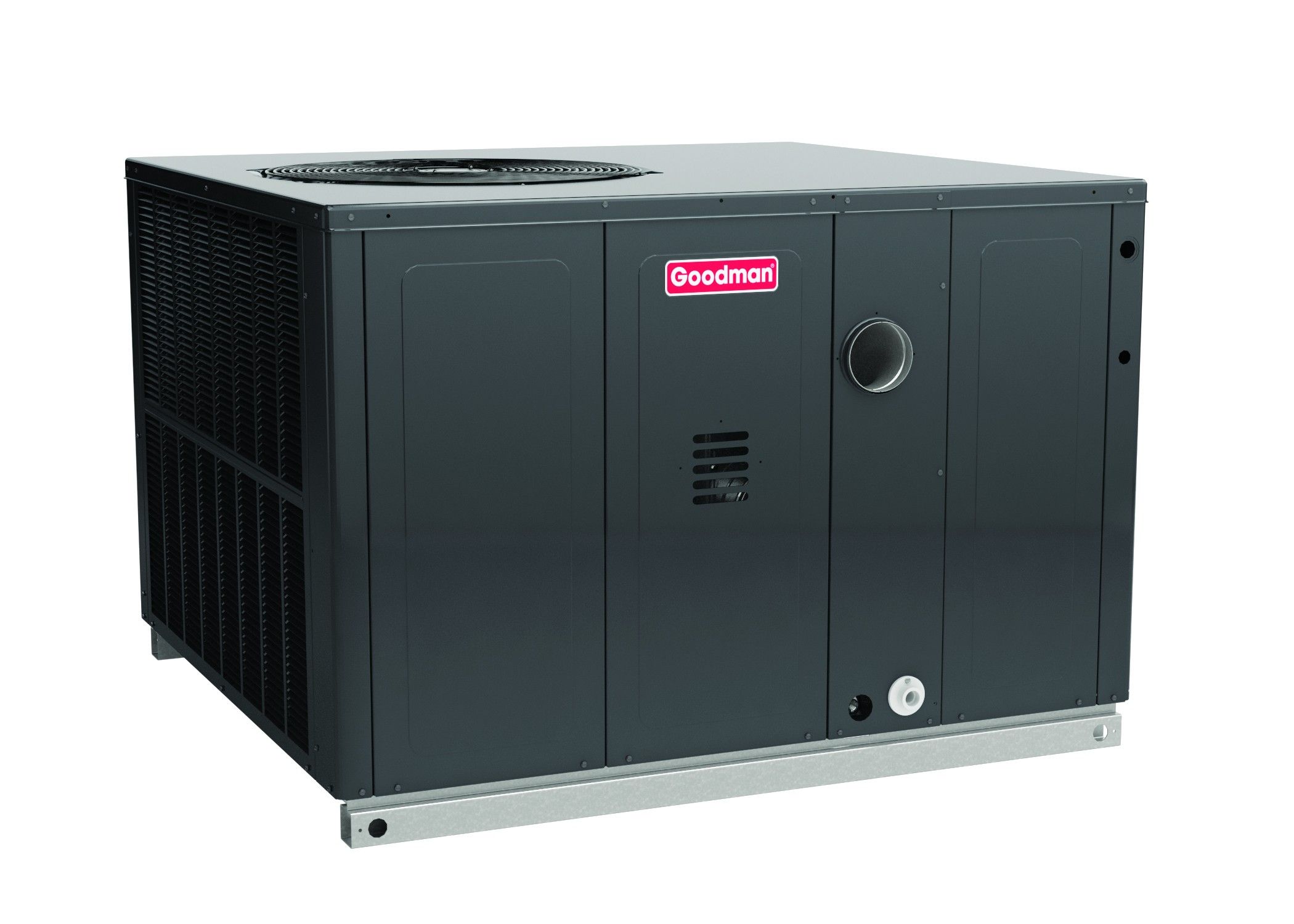

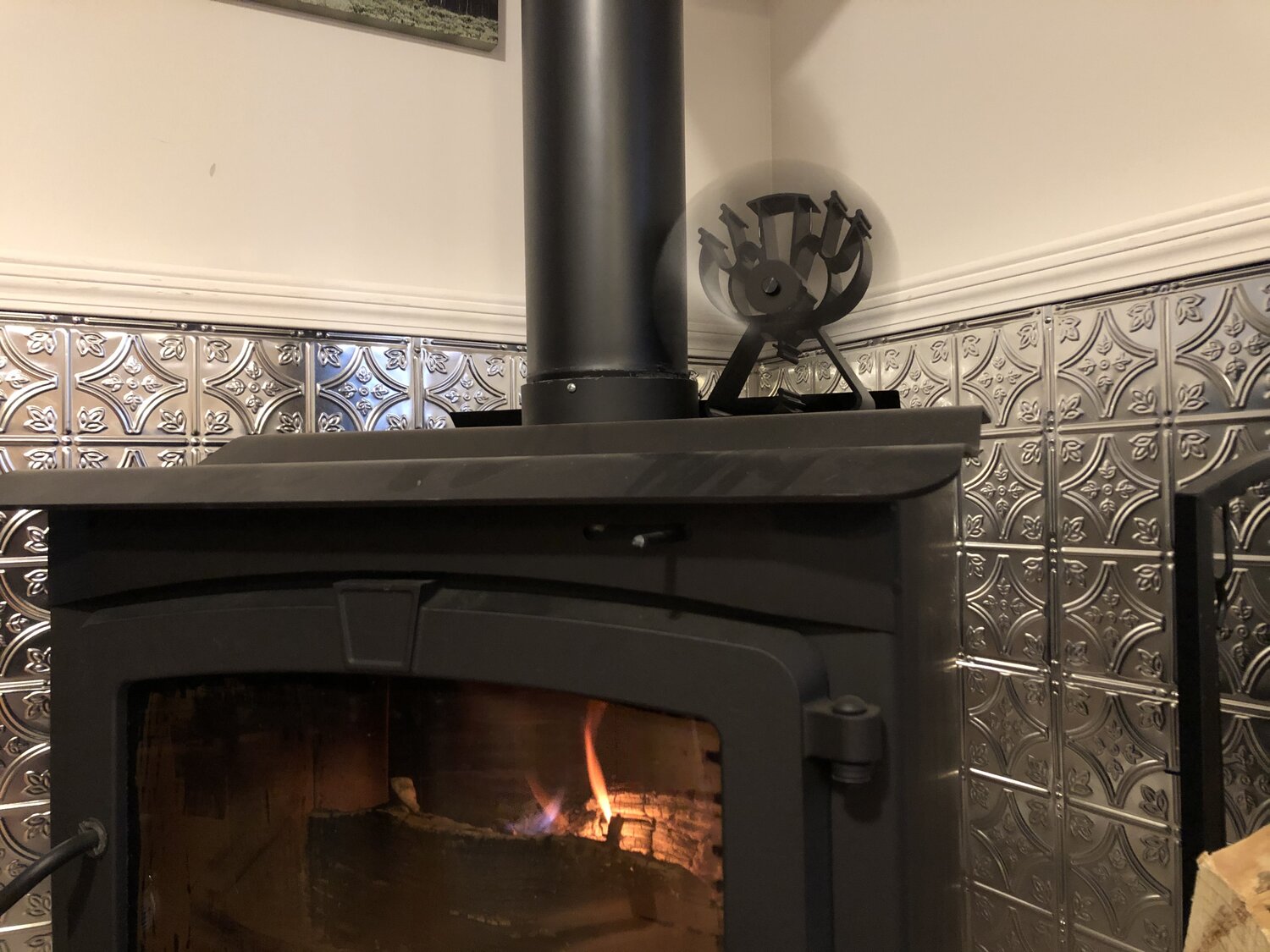
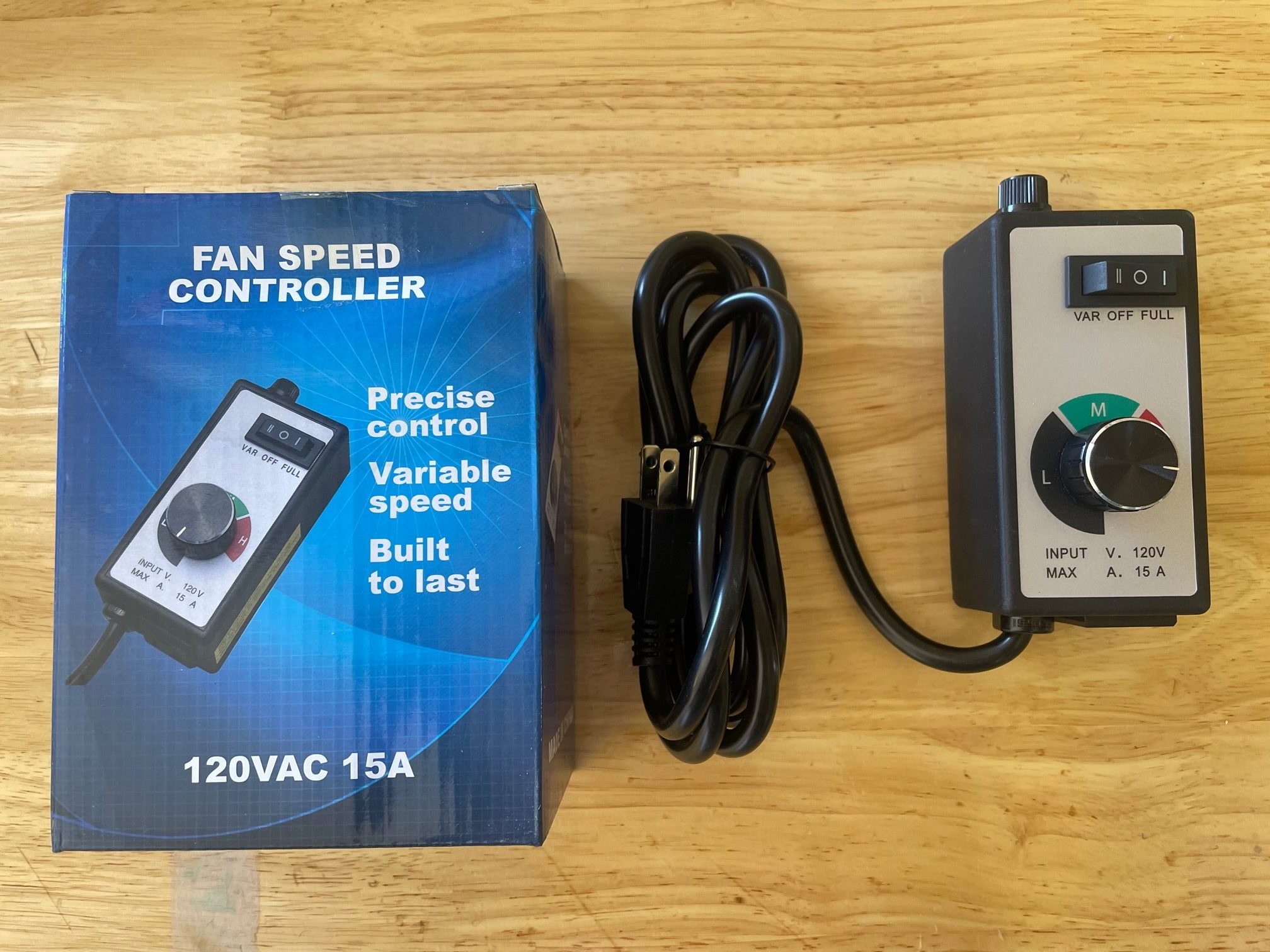
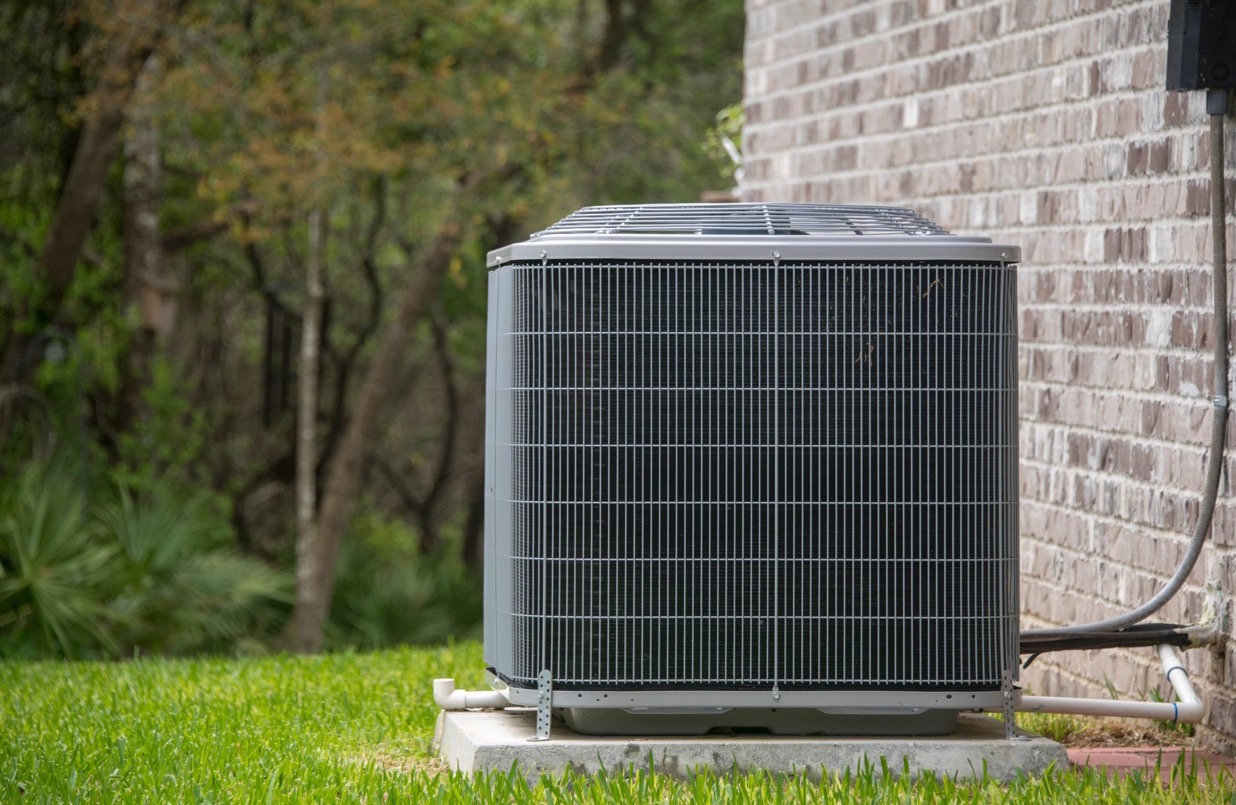
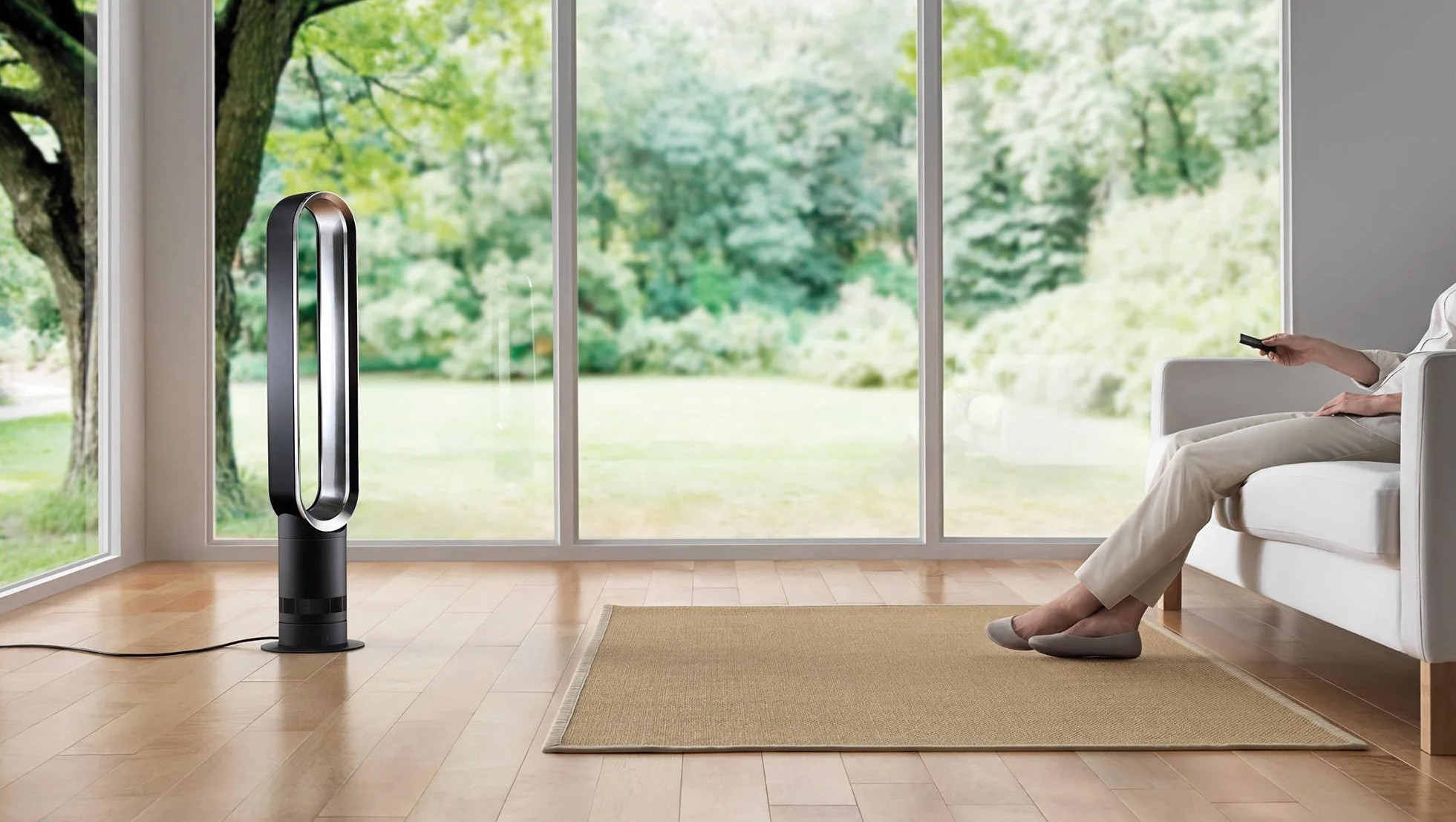
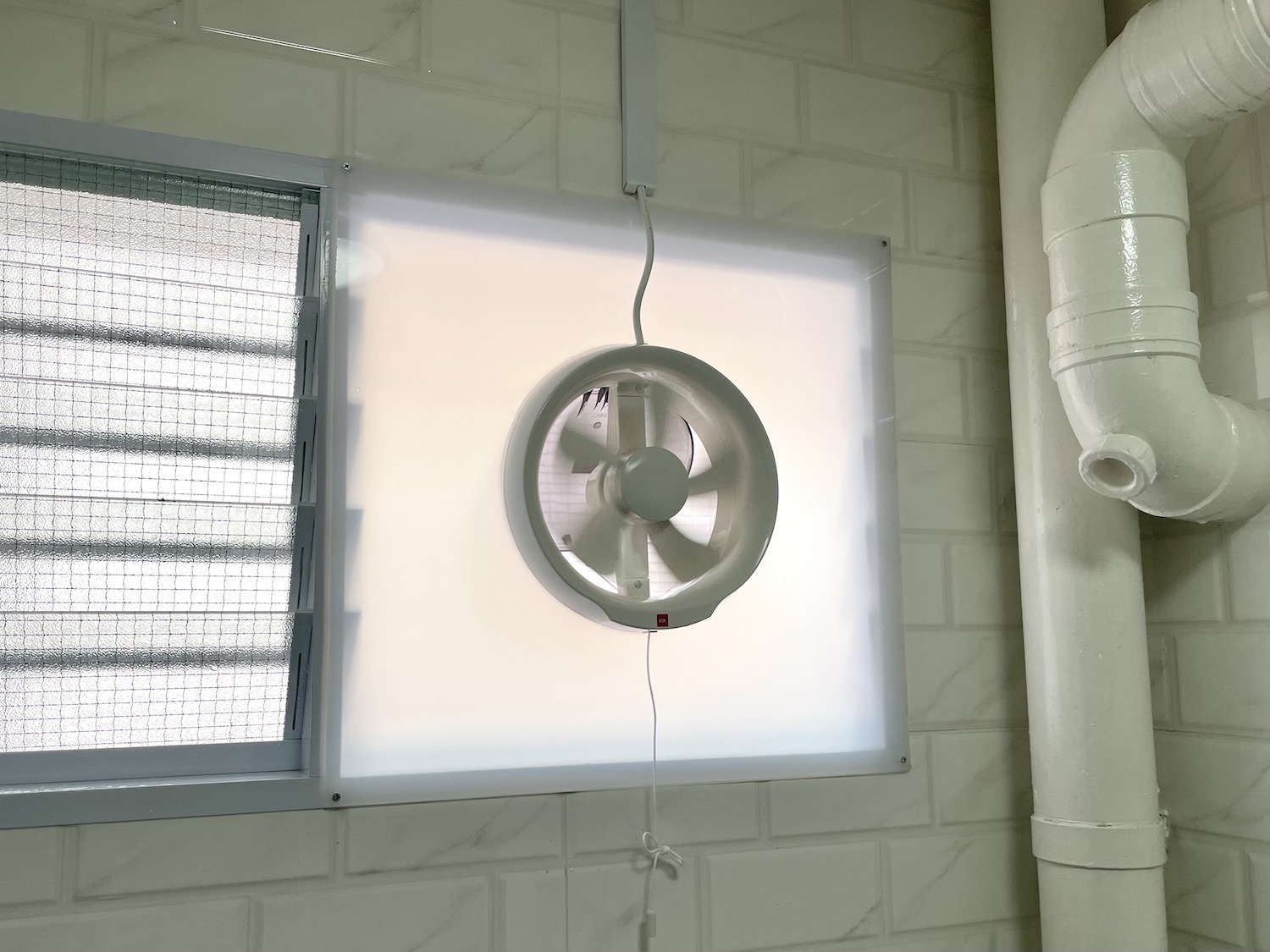
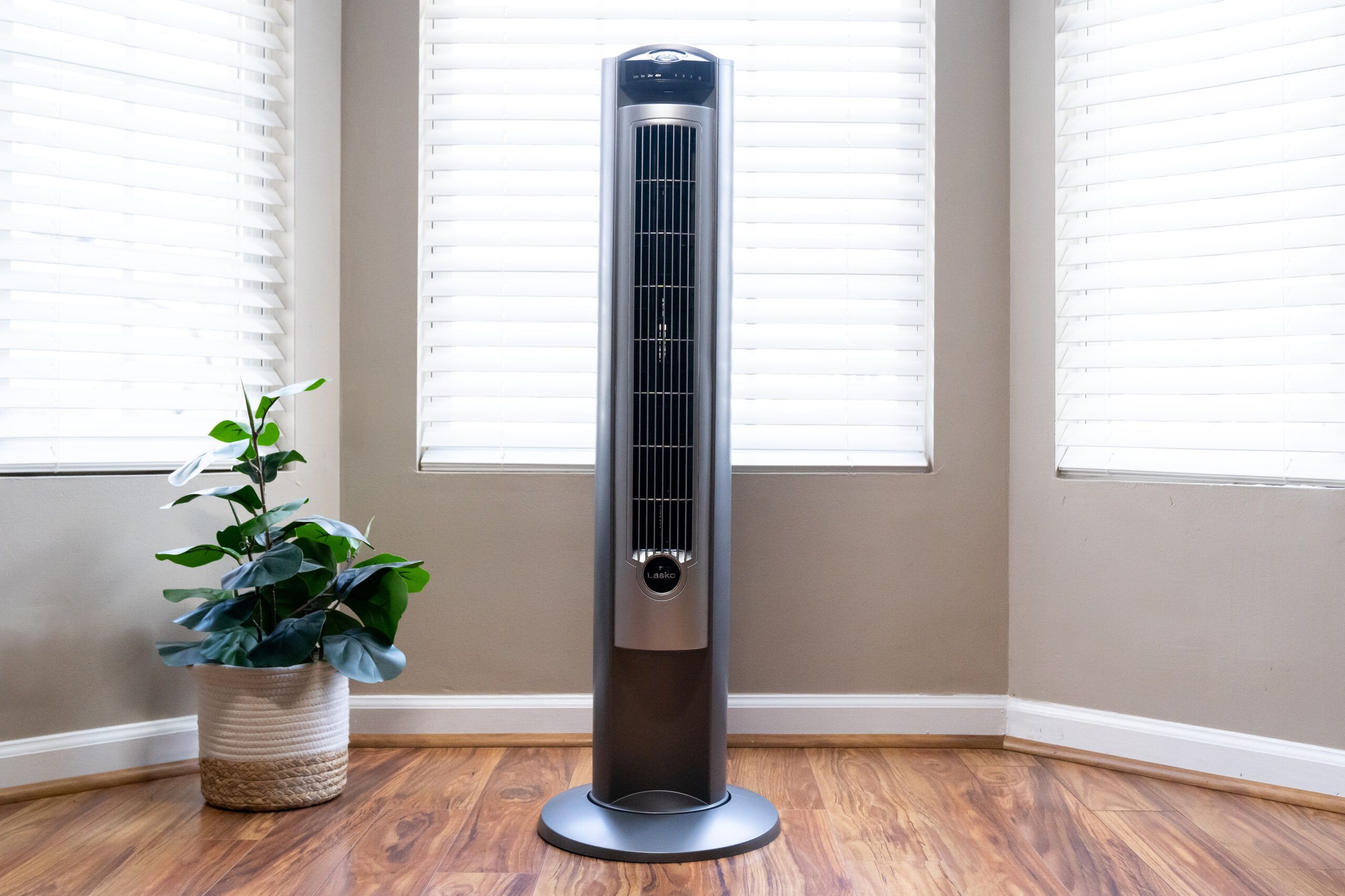
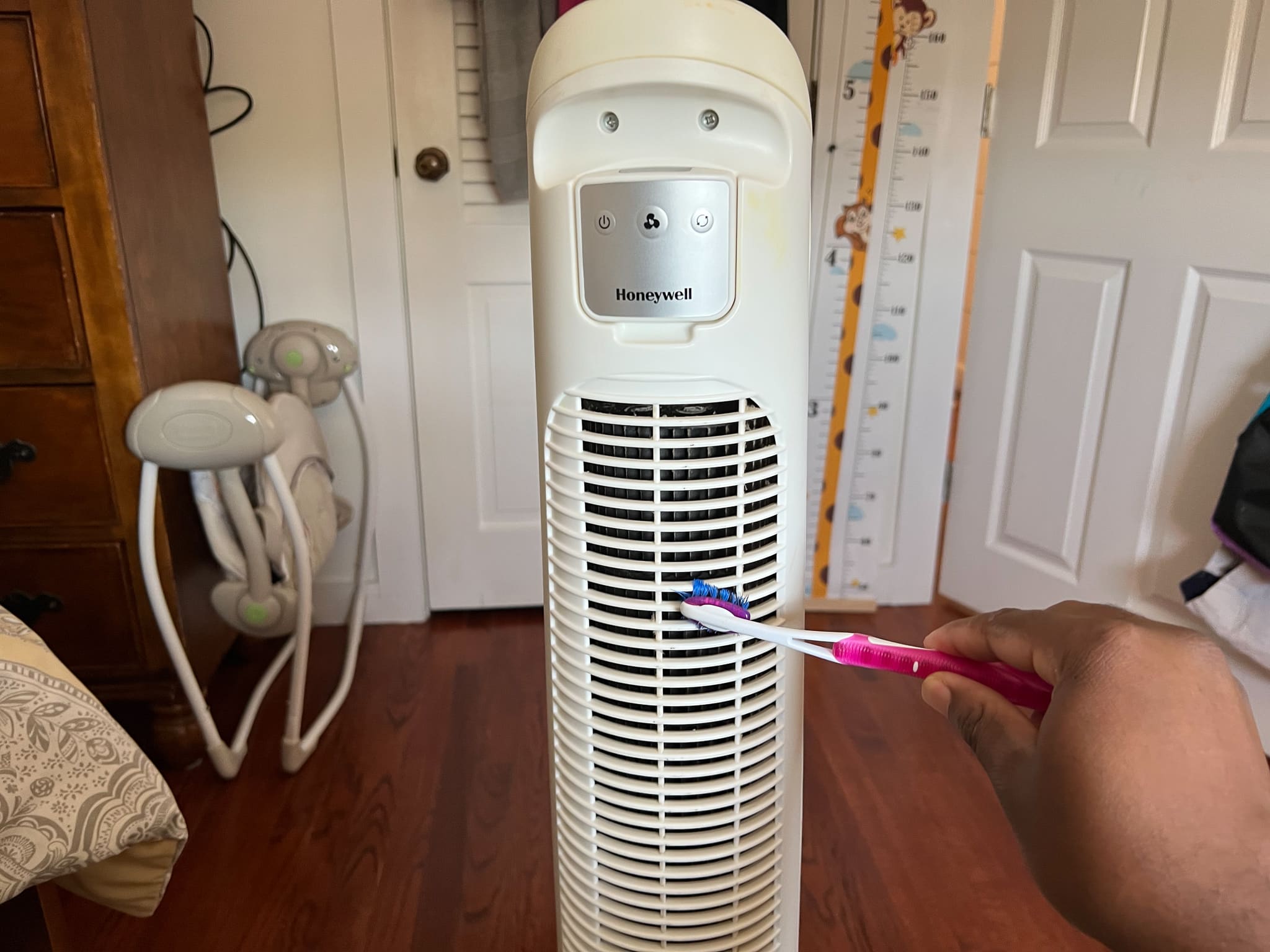
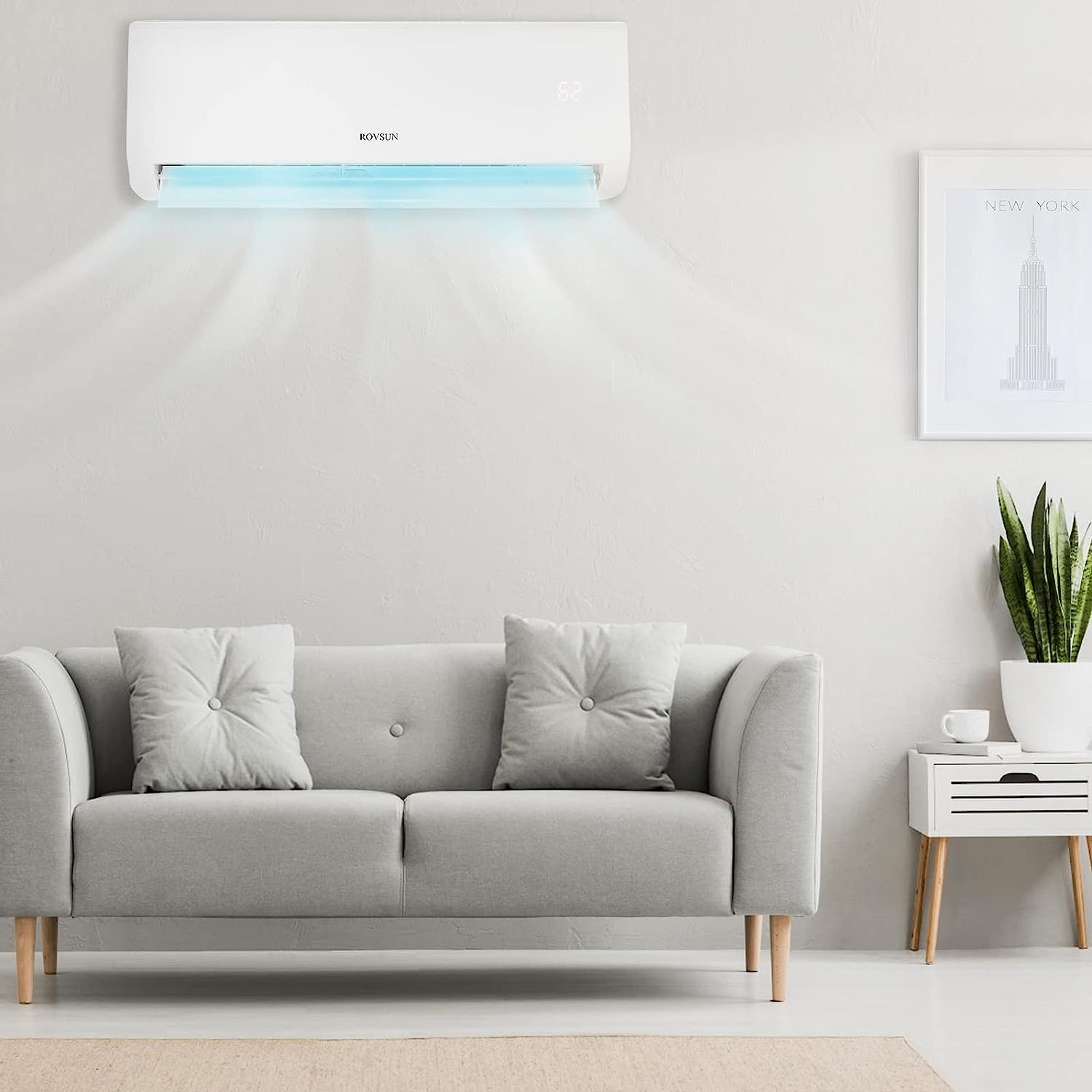
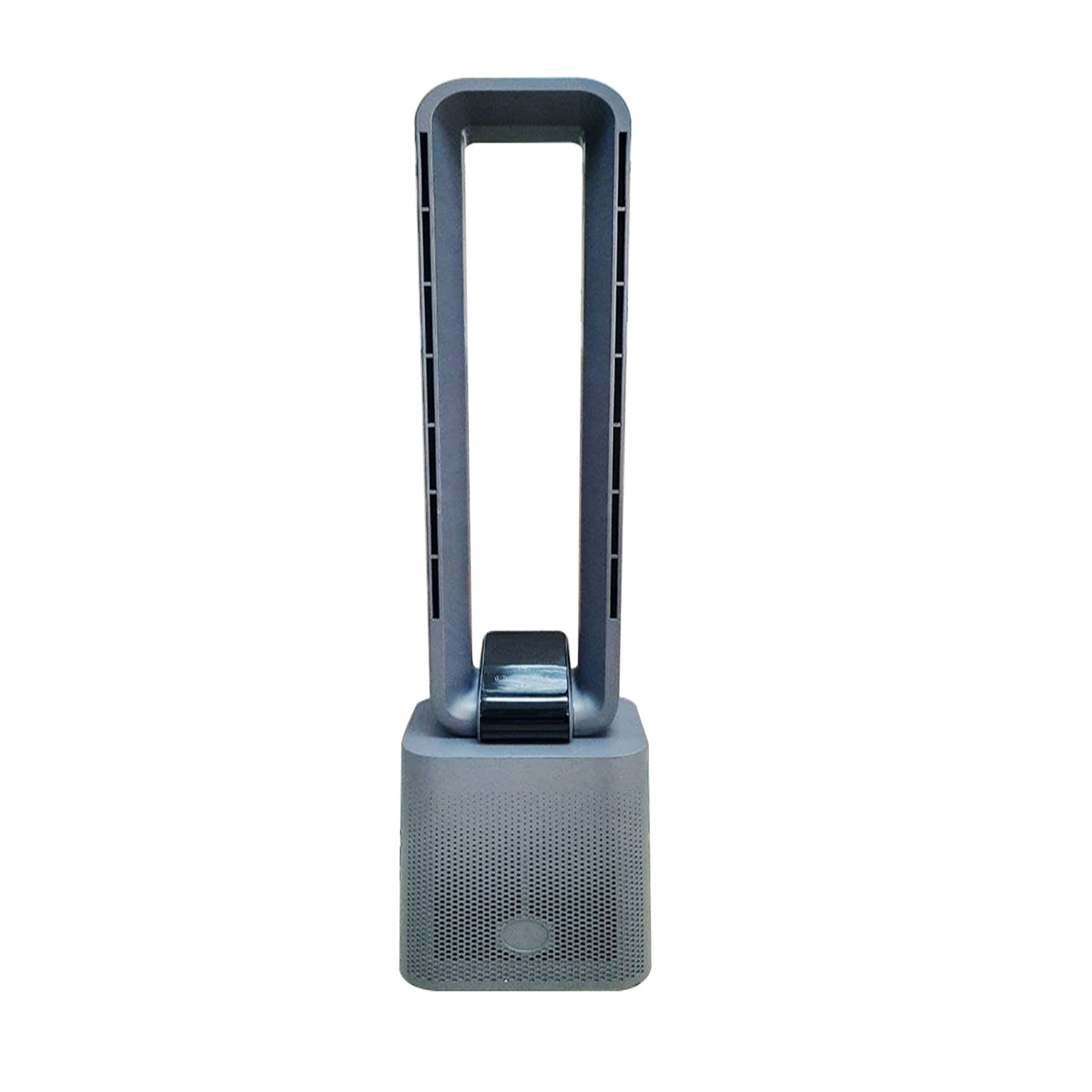
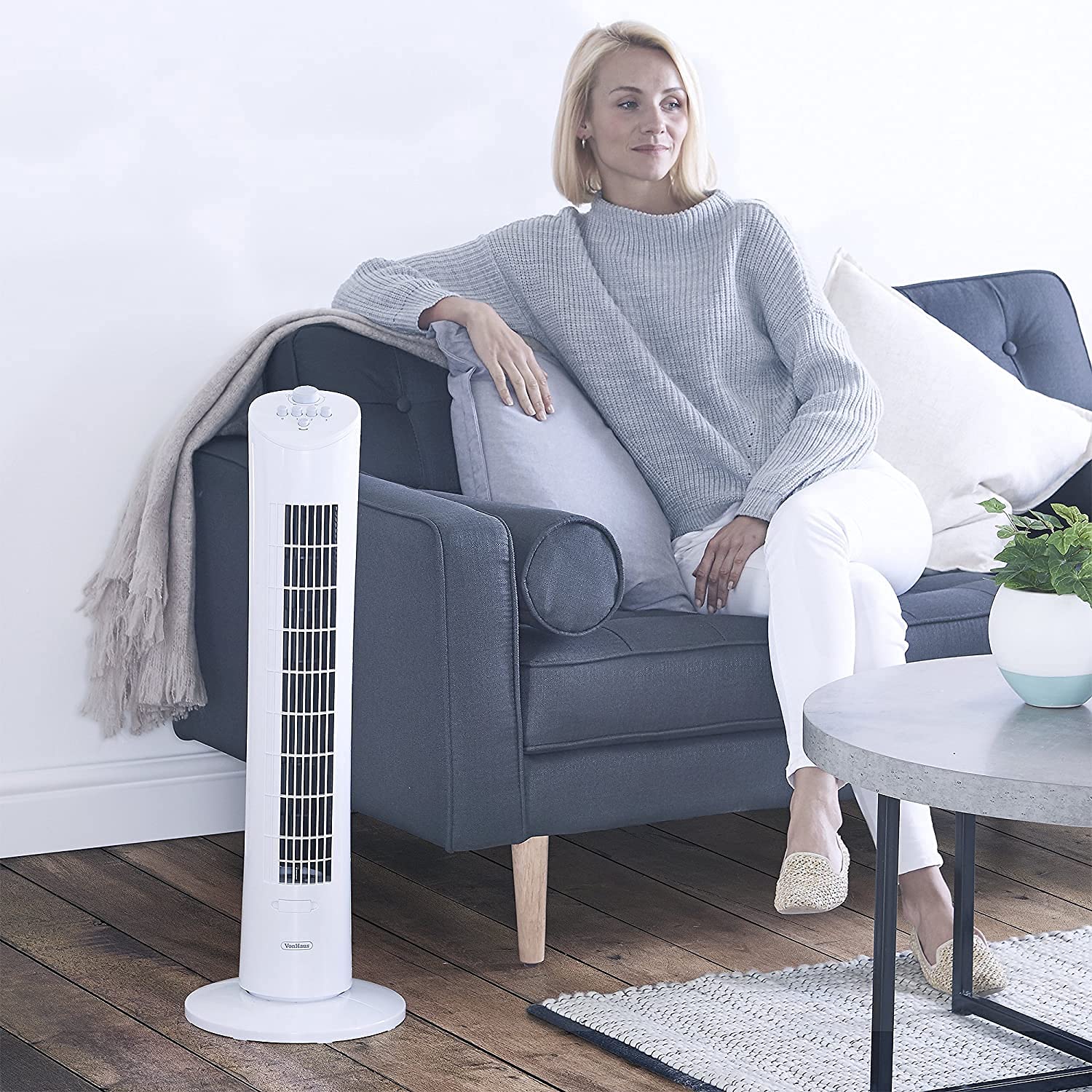
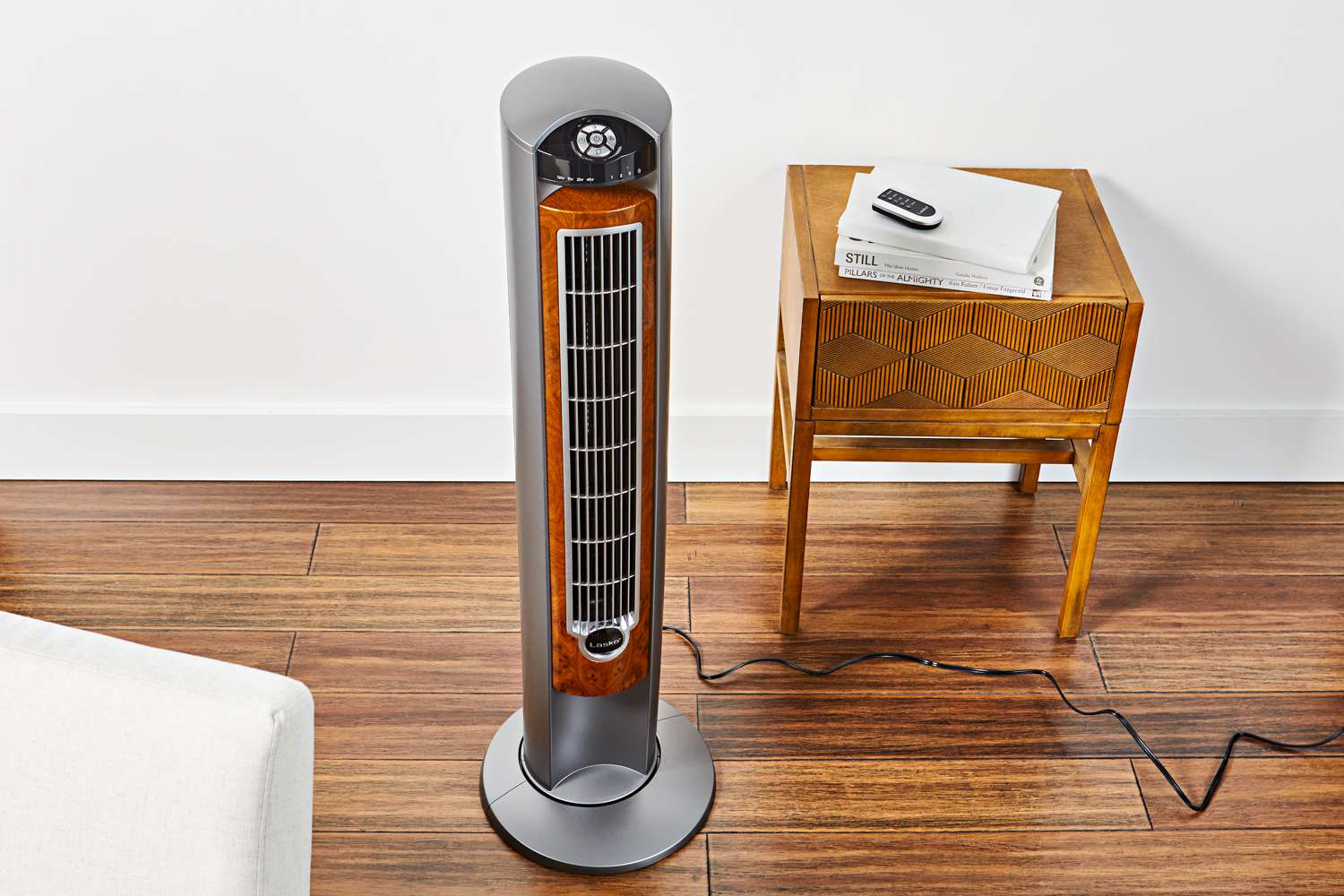

0 thoughts on “How Does A Cooling Tower Work In HVAC”